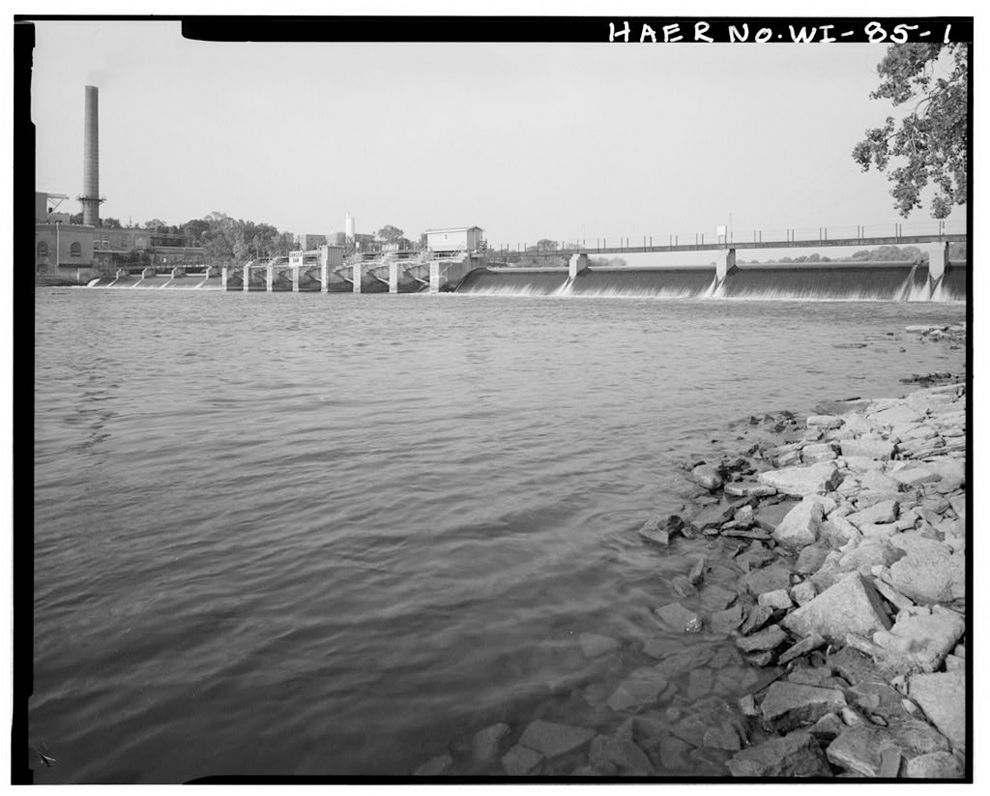
Intro History Geographic and Social Costs Research Document Database
H ydropower can be traced back to over two thousand years. In its simplest form, the Chinese, during their Han dynasty, used falling water powering tilt hammers to process grains, ores, and paper. The ancient Greeks created waterwheels for similar purposes around the same time.
It was not until the First Industrial Revolution that modern hydropower took shape. The year 1827 brought about invention of the turbine by French engineer, Benoit Fourneyron. In 1831, Michael Faraday created the first electric generator. The combination thereof with modifications and improvements over 50 years later, in 1882, resulted in the first hydroelectric power plant opened in Appleton, Wisconsin, powering a paper mill and two other buildings. This event, unknown to those at the time, would cause the advent of numerous environmental and social debacles. We will go over these issues in the Geographic and Social Costs section.

Hydroelectric power plants sprung up like weeds around the turn of the 20th century and continued to experience significant construction growth throughout the mid-1900’s, all over the world. By the 1970’s, people began to rally against the unregulated expansions of these projects. People like Dr. Hans Neu (pronounced Noy).
- 11-Year Deep-Water Wave Climate of Canadian Atlantic Waters ( PDF File 6.08 MB )
- A Study on Mixing and Circulation in the St. Lawrence Estuary up to 1964 ( PDF File 1.2 MB )
- Cornwall Island Model - Second Study for the Effects of Construction Delays in Cornwall North Channel ( PDF File 1.21 MB )
- Cornwall Island Model - Study for the Effects of the Construction Delays in the Cornwall North Channel for the 1 July 1959 Condition ( PDF File 10.31 MB )
- Equipment for Calibrating Current Meters in the Bedford Institute ( PDF File 462 KB )
- Hamilton 5-10-91 Daming the Northern Rivers-The Gazette p18 ( PDF File 873 KB )
- Ice drift in Southern Baffin Bay and Davis Strait Research note ( PDF File 533 KB )
- Interannual Variations and Longer-Term Changes in the Sea State of the North Atlantic From 1970 to 1982 ( PDF File 756 KB )
- Man-Made Storage of Water Resources—A Liability to the Ocean Environment Part 2 ( PDF File 463 KB )
- Man-Made Storage of Water Resources—A Liability to the Ocean Environment Part I ( PDF File 571 KB )
- McClelland 2006 A pan‐arctic evaluation of changes in river discharge during the latter half of the 20th century ( PDF File 423 KB )
- N.R.C. Polly_s Gut Modification, Test Series ( PDF File 2.53 MB )
- Preliminary Review of the Fraser River Studies and River Improvements ( PDF File 4.23 MB )
- Proposal for Navigation Improvementts in the St Lawrence River Between Quebec and Montreal ( PDF File 2.1 MB )
- Review of the Environmental Forces for the Design of the Tiner Point Oil Terminal ( PDF File 1.07 MB )
- Review of the Layout of the Container Pier in Halifax Harbour ( PDF File 997 KB )
- Runoff Regulation for Hydro-Power and its Effect on the Ocean Environment ( PDF File 789 KB )
- Sea State During the Breakup of the Oil Tanker Kurdistan ( PDF File 956 KB )
- Tailwater Elevation at Barnhart Powerhouse ( PDF File 3.59 MB )
- The Physical Oceanography and Sedimentation of Riviere au Tonnerre ( PDF File 2.7 MB )
- Wave Climate of the Canadian Atlantic Coast ( PDF File 6.29 MB )
- Wave Climate of the North Atlantic ( PDF File 4.01 MB )
- Waves in Halifax Harbour ( PDF File 4.73 MB )
